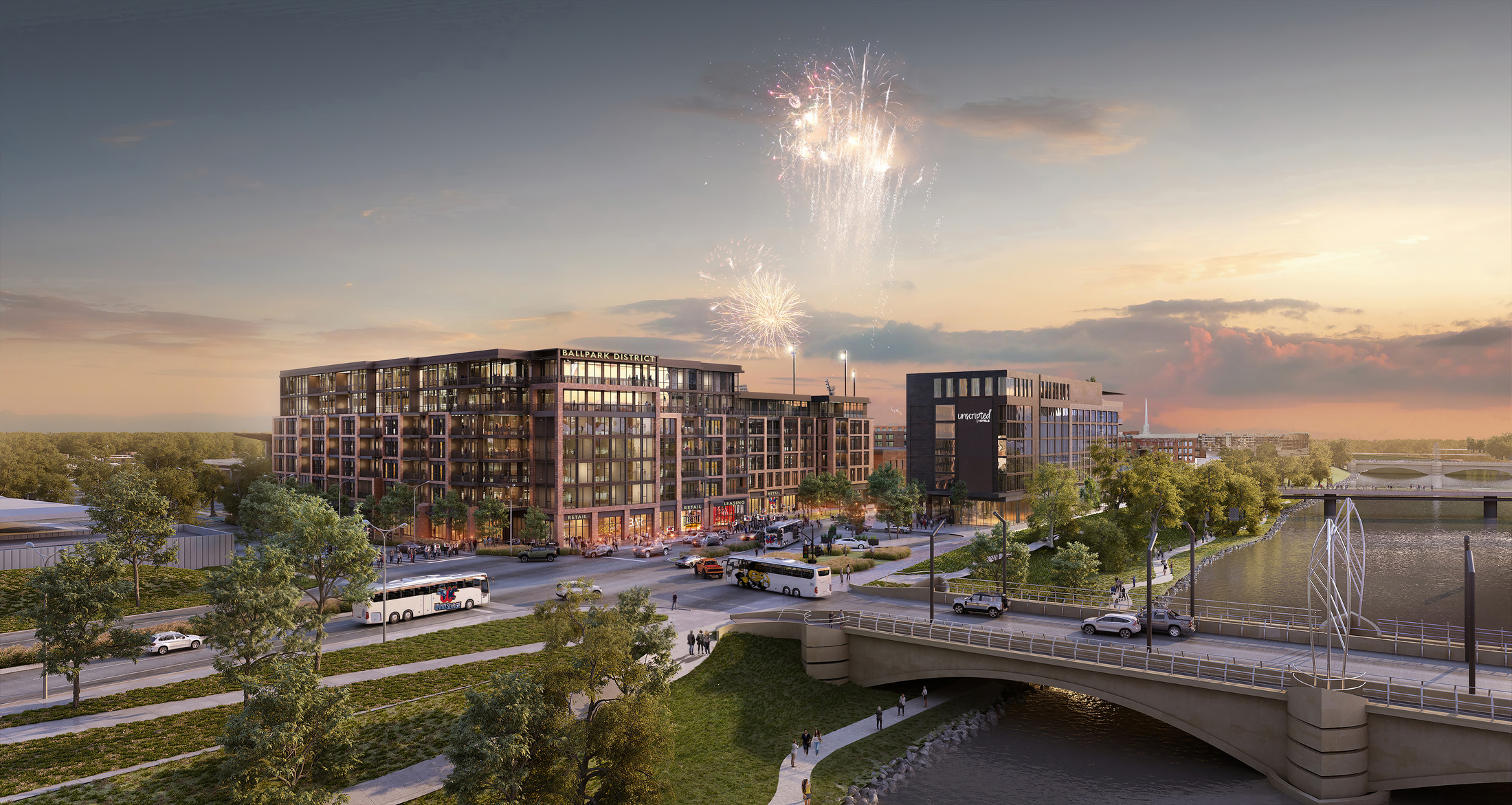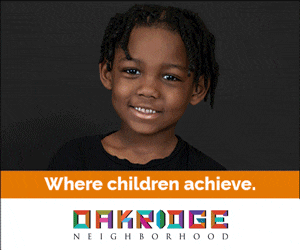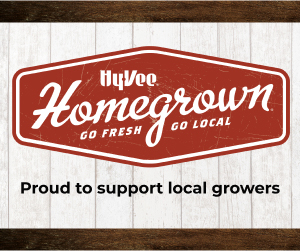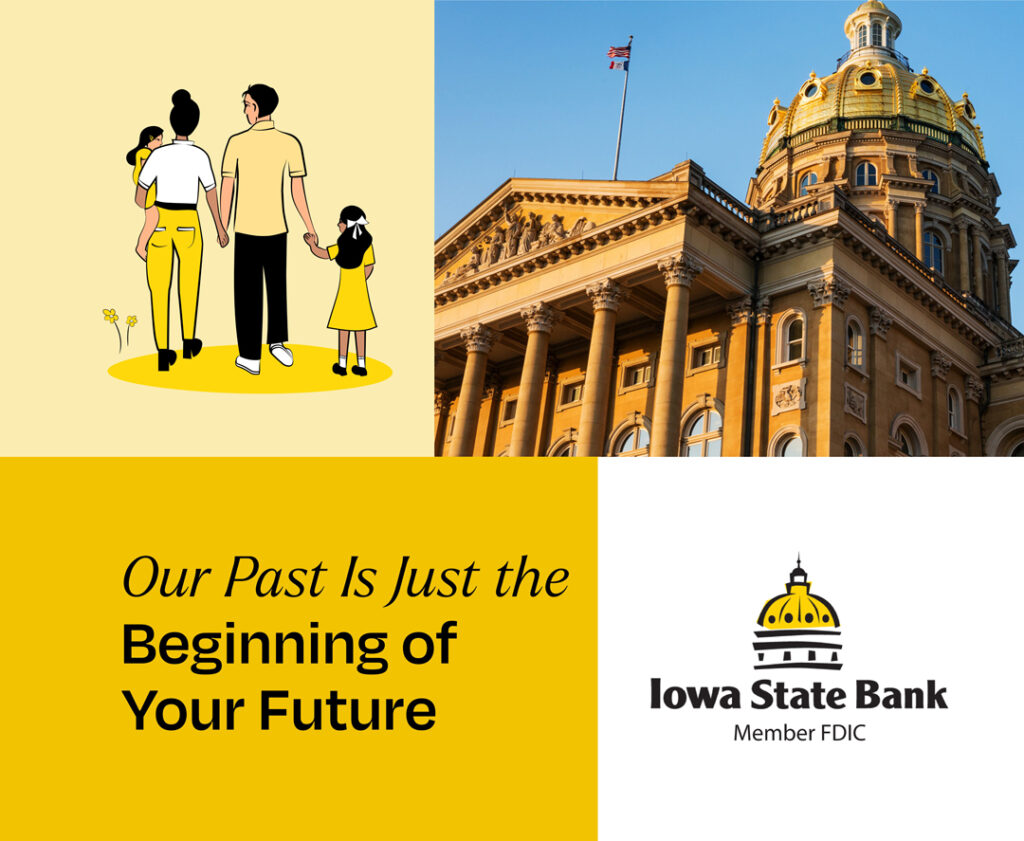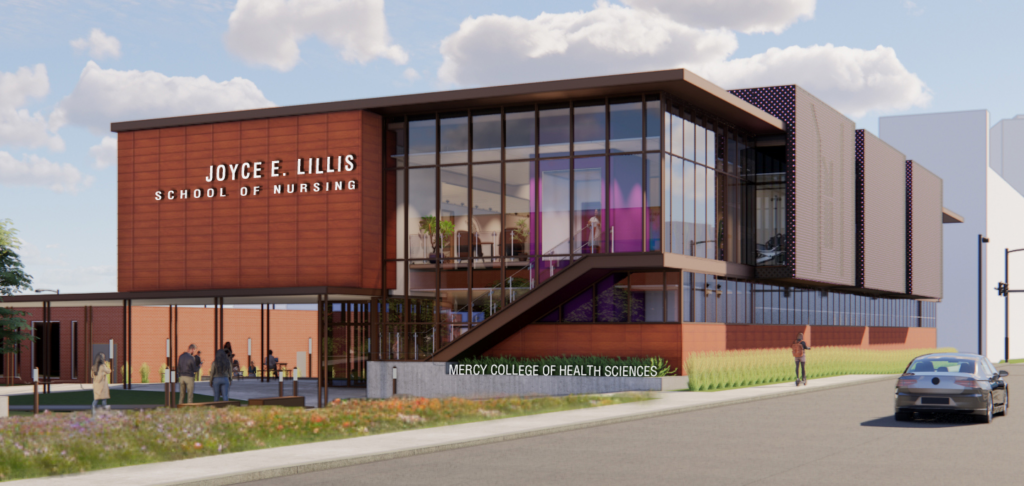The Role of Placemaking in Modern Living
SPONSORED CONTENT
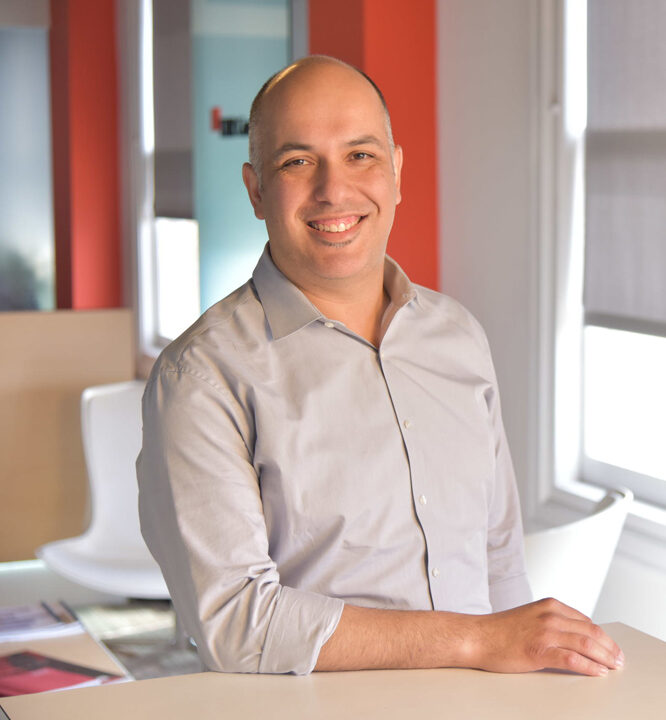
BY JOSE SANCHEZ, Assoc. AIA, LEED AP BD+C, Principal, Mixed-Use Design Leader, DLR Group
The past two years have spurred society to reconsider what “normal” means, especially as urban populations continue to grow, and individuals seek a renewed sense of community. With this shift, a question arises: Have our downtowns evolved to meet these new demands?
Reactivating our urban cores and transforming them into vibrant, accessible districts that provide fresh dining choices, retail opportunities, office spaces, entertainment options, green space, and a broader selection of affordable housing through purposeful placement is the key to community restoration.
Purposeful placemaking projects transform homes into vital parts of thriving neighborhoods, emphasizing that a home is part of a larger ecosystem that promotes equity and inclusivity, ensuring safe, affordable, and empowering housing for people of all backgrounds. By incorporating universal design, mixed-income housing, and accessible amenities, cities can foster social equity and create vibrant, resilient neighborhoods for future generations.
Redefining urban living
Innovative housing design challenges what’s conventional, making urban living more functional, adaptable, and appealing to a diversity of lifestyles. In Wichita, Kansas, the Riverfront District development features a housing plan (top image,) reimagining urban housing as part of a dynamic neighborhood. This 25-acre mixed-use entertainment district combines housing, hospitality, retail, and leisure around Riverfront Stadium, with a design that prioritizes accessibility, enrichment, and community building, enriching the urban fabric while embracing the natural surroundings.
A net-zero future
Sustainable design is crucial across all building types, focusing on materials and practices that lessen environmental impact. Sustainable placemaking strategies, like compact development and access to public transit, reduce car reliance, lowering carbon emissions and enhancing residents’ quality of life. Mass timber, sourced from sustainably managed forests, offers endless environmental benefits, including carbon sequestration, reduced embodied carbon, and faster construction times than traditional materials.
In East Austin, Texas, a new T3 (Timber, Transit, and Technology) mass timber building epitomizes sustainable, place-led workplace and housing. In partnership with Hines, it features 92,000 square feet of Class A office and 15 housing units, integrating the neighborhood’s culture and values to foster vibrancy and inclusivity while reducing environmental impact.
Fostering diversity, equity, and inclusion
Placemaking in housing extends beyond sustainability to include diversity, equity, and inclusion, making communities accessible and culturally enriched. Accessible amenities such as parks, community centers, and playgrounds ensure everyone can participate in neighborhood life. Additionally, celebrating cultural diversity and preserving heritage throughout the design process with public art, events, and historical sites strengthens community identity and promotes social cohesion.
In San Francisco’s Fillmore District, Freedom West Homes — a co-op founded to counteract the effects of redlining and displacement — stands as a model of inclusive, affordable housing. Today, with 382 housing units spread over four city blocks, Freedom West Homes remains a testament to the enduring spirit of its residents. Our plans for revitalization, with landscape architect Walter Hood of Hood Design Studio, will modernize the development while honoring its legacy. The design will include community spaces like Founders Circle Plaza, with balconies facing into a central area, fostering interaction and community pride. The project aims to empower residents by creating contemporary, accessible housing with economic opportunities to support long-term stability.
Challenge meets opportunity
The integration of place-making placemaking principles in housing projects represents a transformative approach to urban development, but it also presents complexities. Economic viability, social equity, and sustainability requires collaboration among developers, policymakers, and community stakeholders.

Jose Sanchez
Principal, Mixed-Use Design Leader, DLR Group

